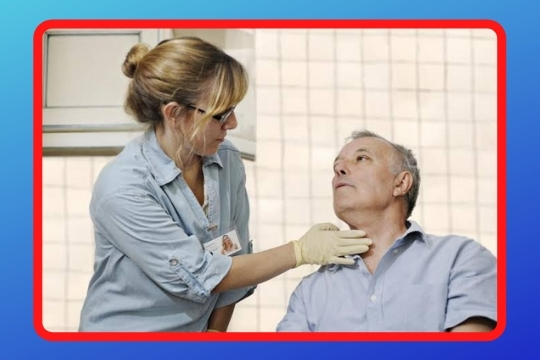Swallowing Disorders

Swallowing is the control of the mouth, the back of the throat (pharynx), and the feeding tube by a series of synchronised muscular movements (esophagus). Swallowing happens without our awareness, although it is a complicated and critical process that is essential for food and social contact.
Swallowing Disorders: What They Are and How to Treat Them
Swallowing issues may be divided into two categories:
• Dysphagia — the feeling of food or liquid being regurgitated or lodged in the chest, as well as any throat discord that causes coughing or choking during swallowing.
• Odynophagia — discomfort in the throat or chest during swallowing. Swallowing difficulties can be caused by a loss of nerve or muscle coordination, as well as infections and malignancies.
Swallowing Disorders Symptoms
• Swallowing difficulties cause a variety of distressing symptoms. If you're having trouble swallowing, it might be due to a single issue (such as swallowing discomfort) or a combination of issues (like difficulty when starting to swallow and then coughing during the swallow). Because some swallowing issues can be life-threatening, it's critical to acquire an accurate diagnosis. Any swallowing condition can be rapidly and properly diagnosed by Johns Hopkins gastroenterologists.
The following are some of the signs and symptoms of swallowing disorders:
• Dysphagia — a sensation that food is "sticking" on the way down, as well as difficulties transferring food or drink from the mouth down the oesophagus and then to the stomach
• Coughing when swallowing or shortly after swallowing
• Choking —a sensation of something stuck in the throat or oesophagus, followed by coughing.
• Regurgitation — the return of food or fluids to the mouth or pharynx after it has gone through successfully. Unlike vomiting, which requires stomach muscular contractions, this happens naturally. If the regurgitation tastes like consumed food, it typically means you have a swallowing problem; if it tastes sour or bitter, it means it got into your stomach and you have gastroesophageal reflux disease (GERD).
• Nasal regurgitation — when food or liquid enters the nose due to a nasopharyngeal obstruction; this occurs when the nasopharynx does not shut correctly.
Other signs and symptoms might include:
• Chest discomfort or soreness
• Sore throat
• Hoarseness
• Shortness of breath
Book Appointment
